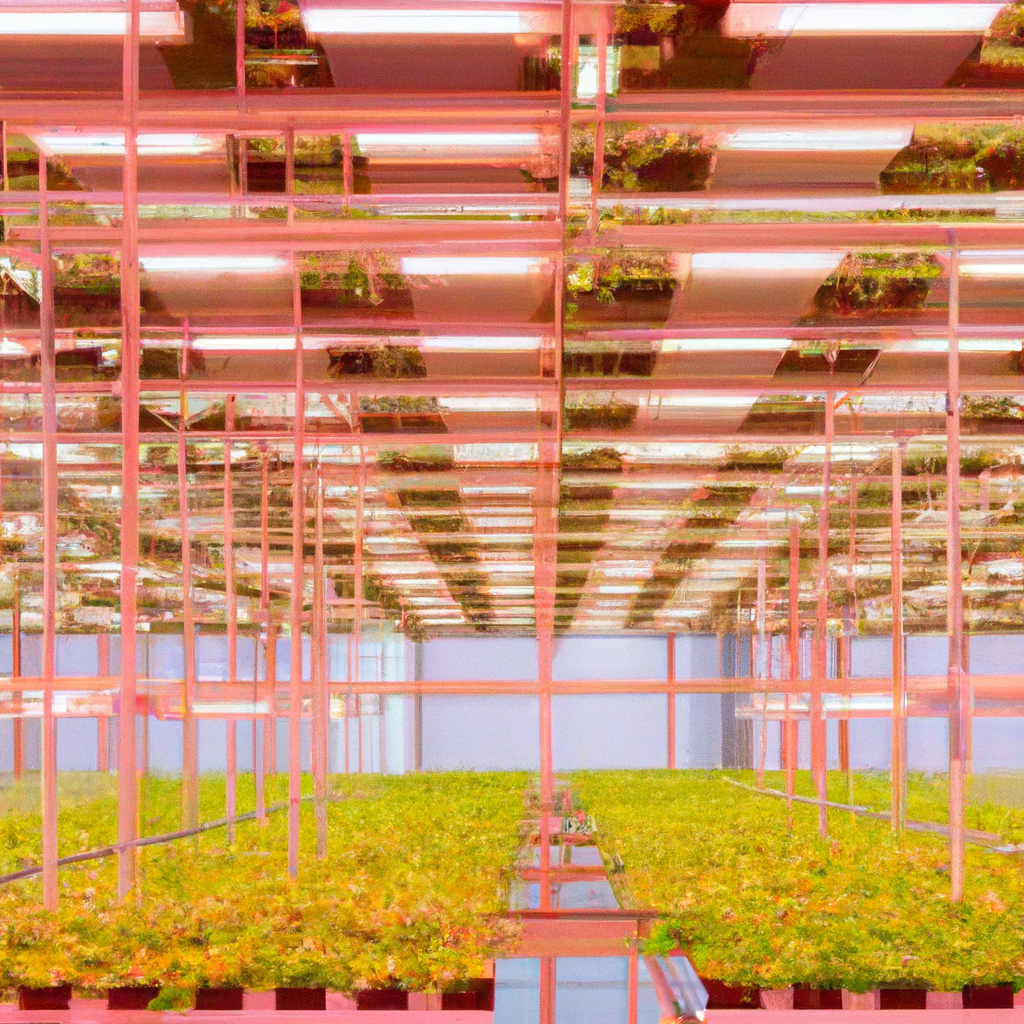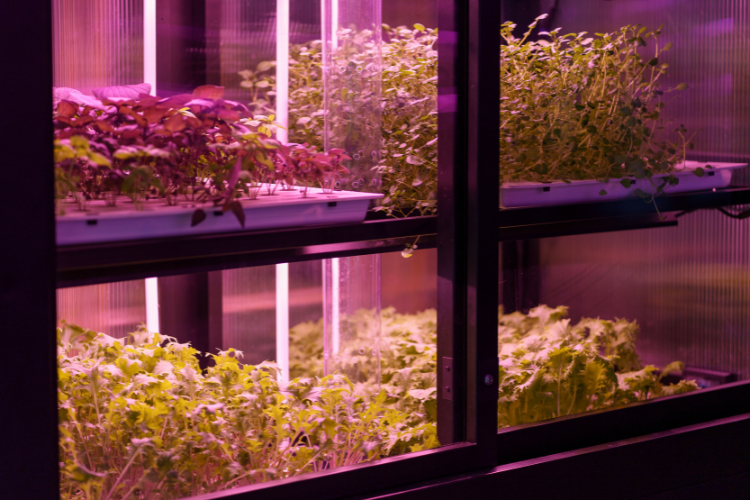
If you’ve ever wondered how to create the perfect lighting conditions in a greenhouse, look no further! In this article, we’re going to share some valuable tips that will help you achieve optimal lighting for your plants. Whether you’re an experienced gardener or just starting out, having the right amount and quality of light is crucial for the growth and health of your plants. So, let’s dive in and discover how you can give your greenhouse the ideal lighting it needs.
1. Placement of the Greenhouse
1.1 Orientation
The orientation of your greenhouse is crucial in creating optimal lighting conditions. Ideally, you want to place the greenhouse in a location that receives ample sunlight throughout the day. South-facing orientation is generally recommended to maximize exposure to the sun. This allows the plants to receive the maximum amount of natural light, promoting their growth and development.
1.2 Shading
While it is important to provide sufficient sunlight, too much direct sunlight can cause damage to plants. To prevent excessive heat buildup and sunburn, you should consider implementing shading techniques. Using shade cloths or applying shade paint on greenhouse glazing can help regulate the amount of light reaching the plants. This way, you can strike a balance between providing enough light for photosynthesis and protecting the plants from harmful effects of excessive sunlight.
1.3 Avoiding Obstructions
Along with orientation and shading, it is also vital to avoid obstructions that may cast shadows over your greenhouse. Nearby trees, buildings, or structures can block sunlight and significantly reduce the available light for your plants. Ensure there are no tall objects obstructing the path of sunlight to the greenhouse, thus maximizing the amount of light that reaches your plants.
2. Type and Arrangement of Lights
2.1 Natural Light
While natural light is essential, it might not always be enough to meet the needs of your plants, especially during darker periods of the year or in regions with limited sunlight. Supplementing natural light with artificial lighting can help maintain optimal conditions for your plants to thrive.
2.2 Artificial Light
When choosing artificial lights, consider factors such as efficiency, energy consumption, and the specific light requirements of your plants. High-quality LED lights are commonly used in greenhouses due to their energy efficiency and ability to emit a spectrum similar to natural sunlight. Fluorescent and high-pressure sodium (HPS) lights are also options worth considering.
2.3 Light Spectrum
Different stages of plant growth require different light spectrums. For instance, blue light is crucial for promoting vegetative growth, while red light is essential for flowering and fruiting. Full-spectrum LED lights provide the most comprehensive light spectrum and allow you to tailor the light conditions to the specific needs of your plants.
2.4 Light Intensity
The intensity of light directly affects the growth and development of plants. Different plant species have varying light intensity requirements, so it is important to adjust the lighting system accordingly. Light intensity is measured in foot-candles or lux, and you can use light meters to ensure you are providing the appropriate intensity for your plants’ optimal growth.
2.5 Light Distribution
To ensure uniformity of light distribution within the greenhouse, it is crucial to position the artificial lights properly. Hanging the lights at appropriate heights and arranging them in a grid pattern can help achieve even coverage throughout the growing area. Consider using reflectors to redirect and distribute the light to areas that may not receive direct light otherwise.
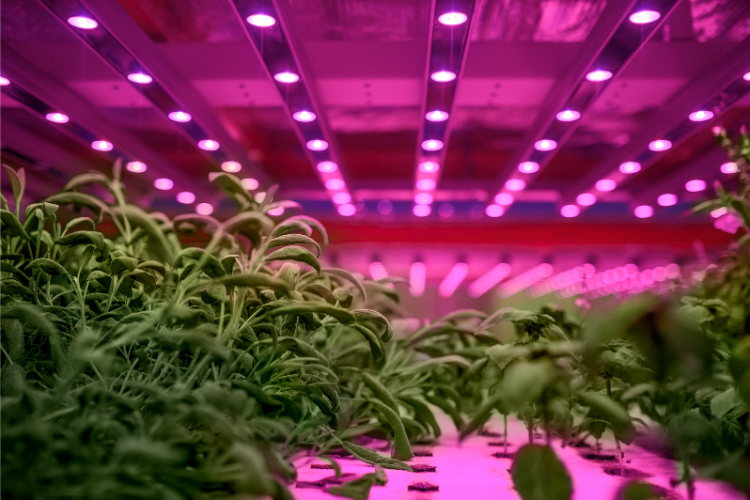
3. Color and Reflectivity of Surfaces
3.1 Interior Surfaces
The color and reflectivity of interior surfaces in your greenhouse can significantly impact the amount of light available to plants. Light-colored interior surfaces, such as white walls or reflective materials, can help enhance light distribution by reflecting light onto the plants from multiple angles. This can increase the overall efficiency of your lighting system and minimize potential light loss.
3.2 Exterior Surfaces
Similarly, the color and reflectivity of exterior surfaces play a role in optimizing lighting conditions. Light-colored or reflective exterior surfaces can help bounce more natural light into the greenhouse, increasing the overall light availability. Avoid dark or opaque materials on the exterior surfaces, as they can absorb light and reduce the amount of light reaching your plants.
3.3 Use of Reflectors
In addition to reflective surfaces, the strategic use of reflectors within the greenhouse can further enhance light distribution. By placing reflectors strategically around the growing area, you can redirect and amplify the light, ensuring that it reaches all parts of your plants.
4. Controlling Light Duration
4.1 Photoperiod Control
Controlling the duration of light exposure is crucial for replicating natural day-night cycles and stimulating specific plant responses. Photoperiod control involves manipulating the duration of light exposure to trigger flowering or regulate plant growth. By using timers or automated systems, you can adjust the photoperiod to match the specific requirements of your plants.
4.2 Blackout Curtains
In some cases, total darkness may be necessary to induce certain plant responses or to create periods of rest. Installing blackout curtains allows you to completely block out external light, creating a controlled environment within the greenhouse. This can be particularly useful for sensitive plants that require strict light regulation.
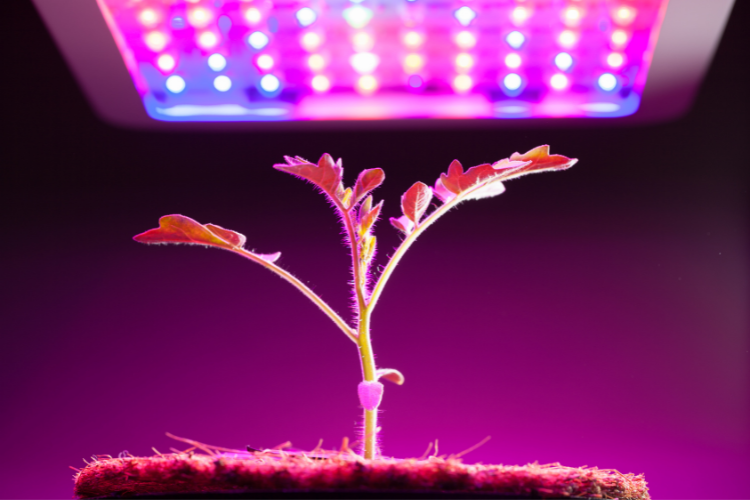
5. Maintenance and Cleaning
5.1 Regular Cleaning
Maintaining clean surfaces within the greenhouse is essential to maximize light transmission. Dust, dirt, and debris can accumulate on the glazing or light fixtures over time, reducing the amount of light that reaches your plants. Regularly cleaning these surfaces helps ensure optimal light transmission and prevents any potential obstructions.
5.2 Cleaning Schedule
Establishing a cleaning schedule will help you stay on top of maintenance tasks and ensure consistent light conditions for your plants. Consider scheduling regular cleaning sessions for both the interior and exterior surfaces of your greenhouse, as well as any light fixtures or reflectors. This will help minimize any potential loss of light due to dirt or grime buildup.
5.3 Replacement of Lights
To maintain optimal lighting conditions, it is important to replace lights that have reached the end of their lifespan. Over time, the output and quality of artificial lights can degrade. Keep track of the lifespan of your lights and replace them as needed to ensure your plants continue to receive the appropriate light intensity and spectrum.
6. Energy Efficiency
6.1 LED Lights
LED lights are known for their energy efficiency and longevity. Compared to traditional lighting options, such as fluorescent or HPS lights, LED lights consume significantly less energy while still providing ample light for your plants. Investing in LED lighting not only helps create optimal lighting conditions but also reduces energy costs and minimizes environmental impact.
6.2 Light Sensors
Incorporating light sensors into your greenhouse can help automate your lighting system and optimize energy usage. Light sensors detect natural light levels and adjust artificial lighting accordingly. This ensures that artificial lights are only used when necessary, reducing energy waste and maximizing efficiency.
6.3 Automation Systems
Implementing automation systems in your greenhouse allows you to program and control various aspects of your lighting setup. By using timers, light sensors, and control panels, you can automate the timing, duration, and intensity of your lights. This not only provides convenience but also helps maintain consistent and optimal lighting conditions for your plants.
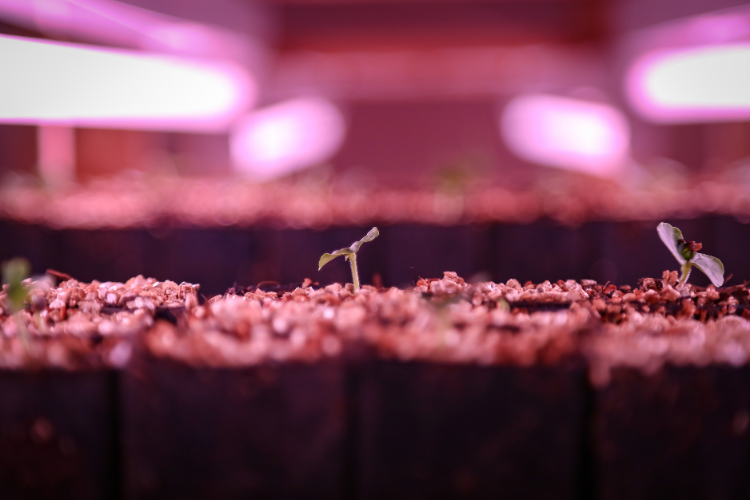
7. Light Planning and Design
7.1 Light Calculation Tools
Utilizing light calculation tools can aid in determining the appropriate lighting setup for your greenhouse. These tools consider factors such as the greenhouse size, plant requirements, and desired light levels to help you design an effective lighting system. By accurately calculating the light requirements, you can ensure that your plants receive the right amount of light for their optimal growth.
7.2 Plant Requirements
Understanding the light requirements of your specific plant species is crucial in designing an effective lighting system. Different plants have different light preferences, including the required light intensity, spectrum, and duration. Research the specific light needs of your plants and tailor your lighting setup accordingly to create the ideal conditions for their growth.
7.3 Optimal Layout
The layout of your lighting system plays a critical role in achieving optimal lighting conditions throughout the greenhouse. Consider factors like the arrangement of lights, their height, and the spacing between them. Additionally, account for the desired light distribution and coverage for your plants. Experimenting with different layouts and adjusting as needed can help you find the optimal setup for your greenhouse.
8. Seasonal Adjustments
8.1 Winter Lighting
During the winter months when natural light is limited, supplementary lighting becomes even more crucial. Increase the duration and intensity of artificial lighting to compensate for the reduced sunlight. Providing adequate light during winter helps prevent plant dormancy and ensures continuous growth, promoting healthy and vibrant plants.
8.2 Summer Shade
As the summer sun intensifies, additional shading may be necessary to prevent excessive heat buildup and protect your plants from direct sunlight. Utilize shading techniques, such as shade cloths or shade paint, to regulate the amount of light and heat entering the greenhouse. This helps maintain optimal temperatures and protects your plants from heat stress.
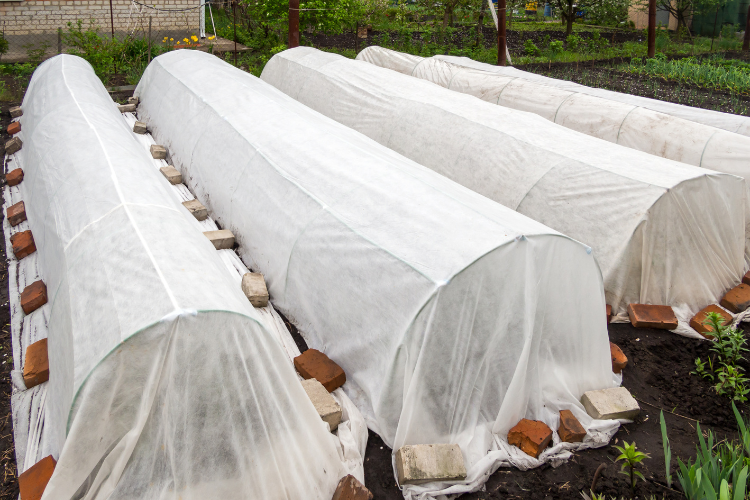
9. Monitoring and Adjusting
9.1 Light Meters
Regularly monitoring the light intensity and duration within your greenhouse is essential for maintaining optimal conditions. Light meters allow you to accurately measure the amount of light your plants are receiving, helping you make informed adjustments to your lighting setup as needed.
9.2 Daily Observation
Observing your plants’ response to the light conditions is a crucial aspect of maintaining optimal lighting. Look for signs of overexposure, such as wilting or leaf burn, which may indicate excessive light intensity. Similarly, if plants are stretching or growing towards the light source, it may indicate insufficient light. By observing and understanding your plants’ reactions, you can fine-tune your lighting system for their specific needs.
9.3 Plant Response
The growth and overall health of your plants serve as valuable indicators of whether your lighting conditions are optimal. Pay attention to factors such as overall plant vitality, leaf color, and flowering patterns. Healthy, vibrant growth and consistent development indicate that your lighting setup is suitable for your plant species. If you notice any unfavorable changes in your plants’ growth, it may be necessary to adjust the lighting conditions accordingly.
10. Expert Advice
10.1 Consultation with Lighting Professionals
If you are new to greenhouse lighting or facing specific challenges, seeking advice from lighting professionals can be highly beneficial. Lighting experts can provide guidance on appropriate lighting systems, fixtures, and techniques based on the specific needs of your plants and greenhouse setup. Their expertise can help you design and implement an optimal lighting strategy for your greenhouse.
10.2 Collaboration with Plant Scientists
Collaborating with plant scientists or horticulturists can offer valuable insights into the lighting requirements of specific plant species. By working together, you can ensure that the lighting conditions in your greenhouse meet the unique needs of your plants. These experts can advise on plant-specific lighting techniques, optimal light spectrums, and ideal duration to promote healthy growth and maximize your plants’ potential.
Creating optimal lighting conditions in a greenhouse requires careful consideration of various factors, including placement, light type, reflectivity, duration control, maintenance, energy efficiency, and expert advice. By implementing the tips and techniques outlined in this article, you can provide your plants with the ideal lighting conditions they need to flourish. Remember to regularly monitor and adjust your lighting setup based on your plants’ responses, ensuring continuous growth and healthy plant development.
